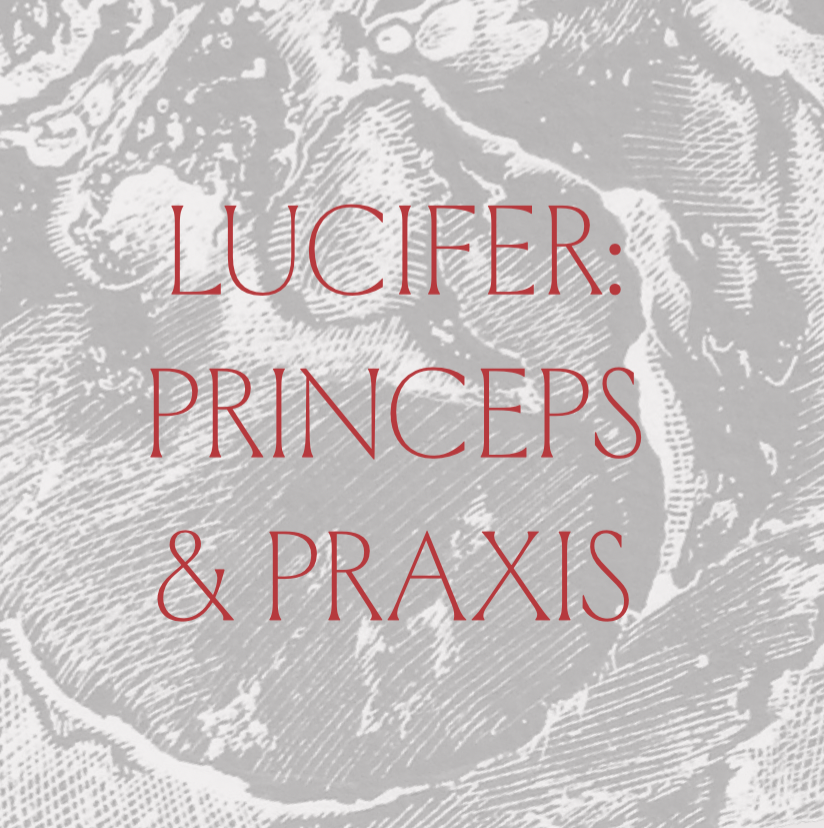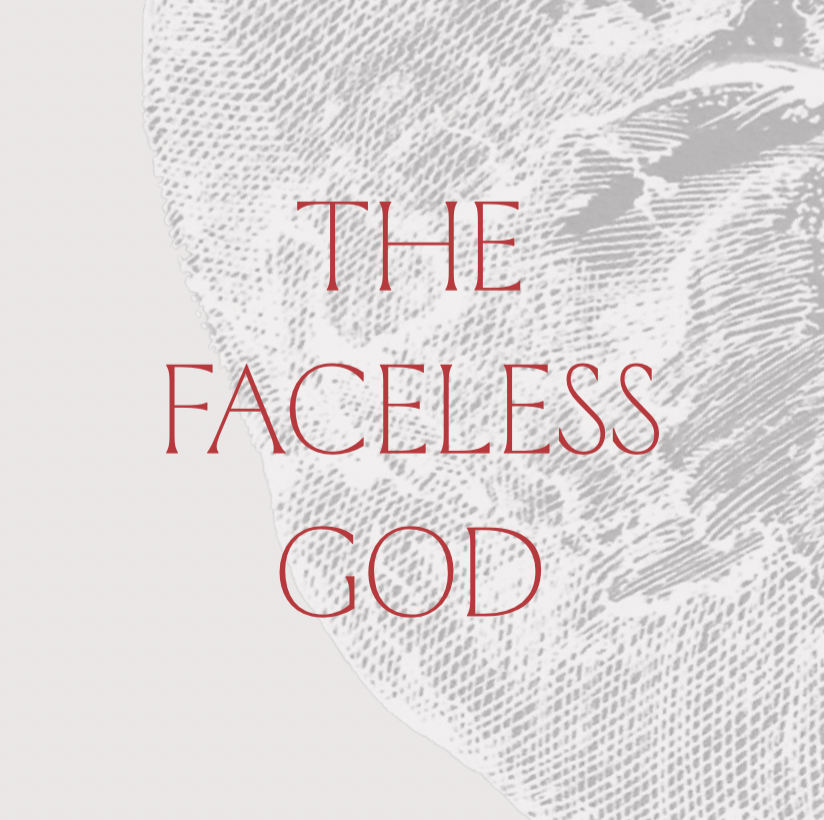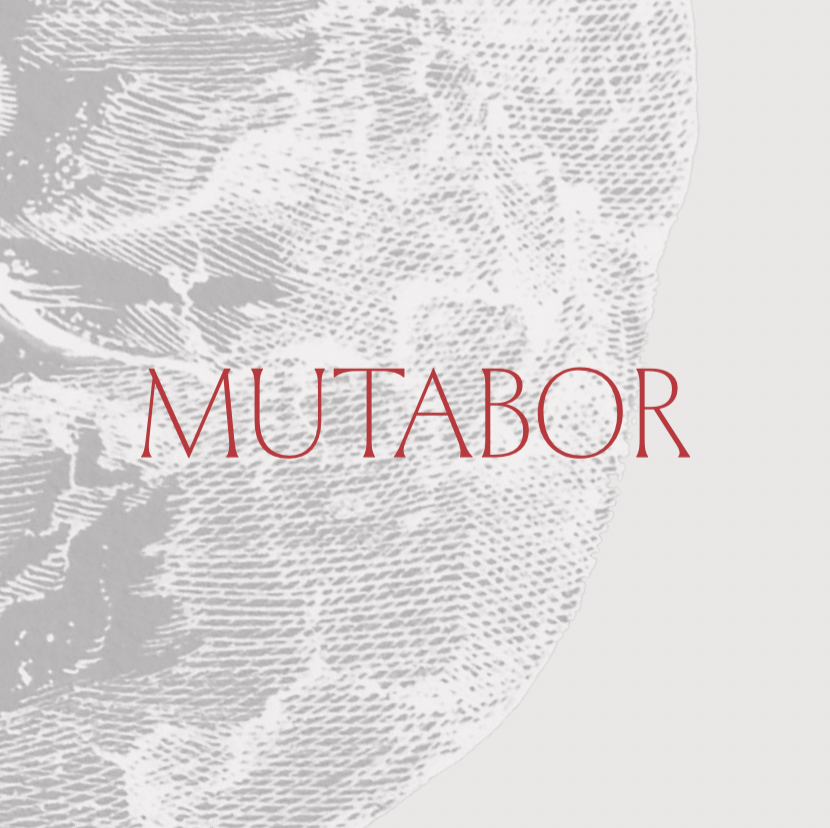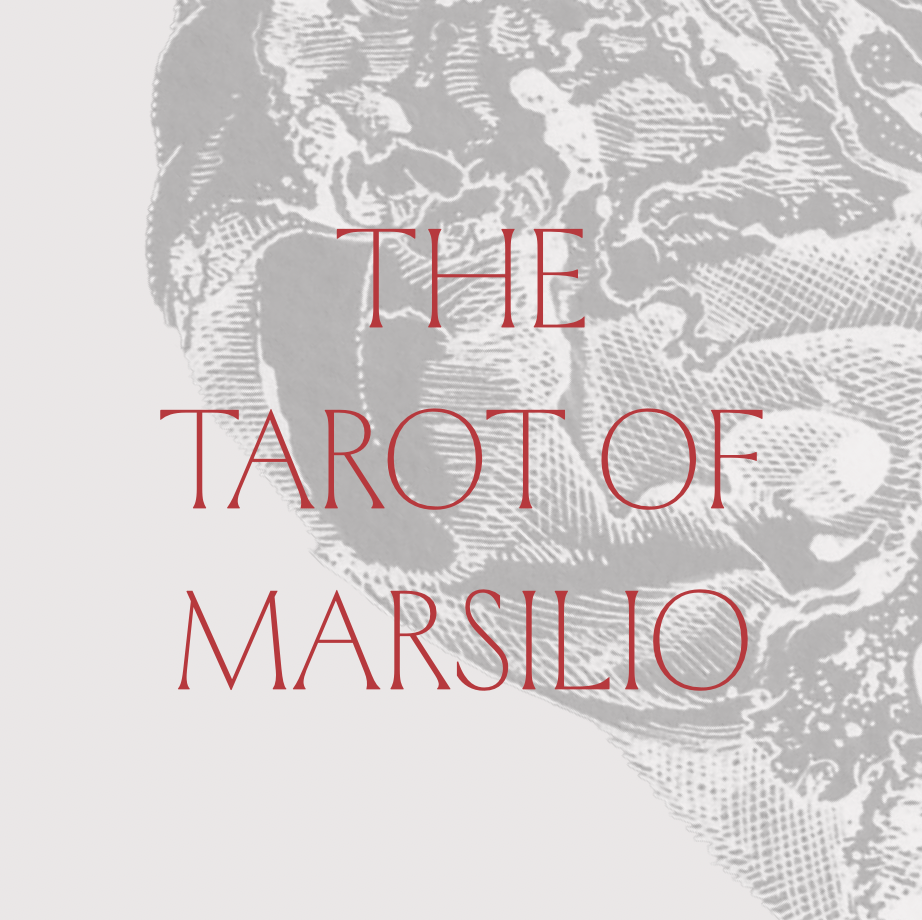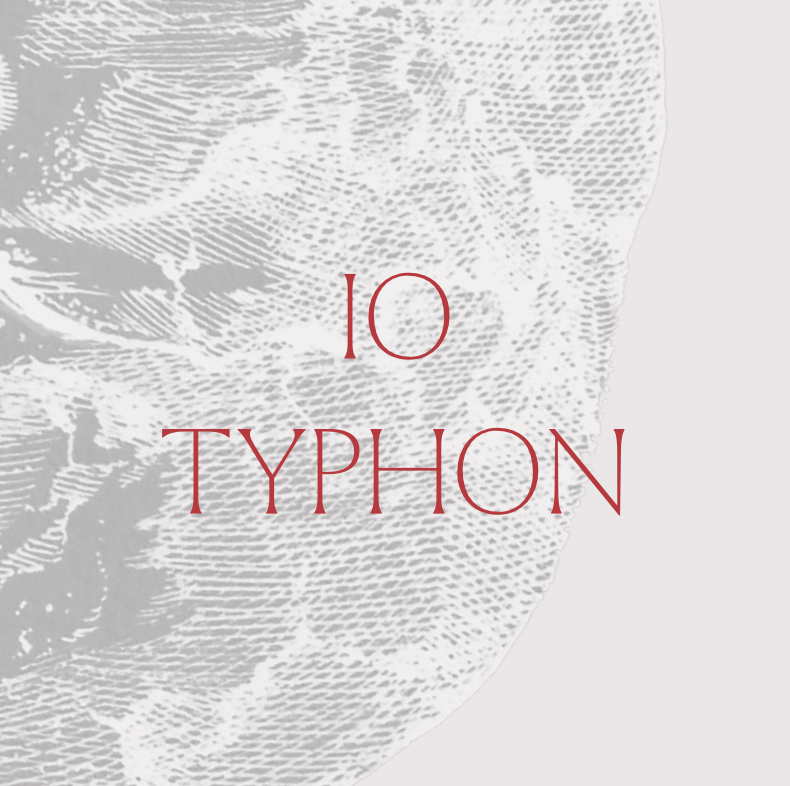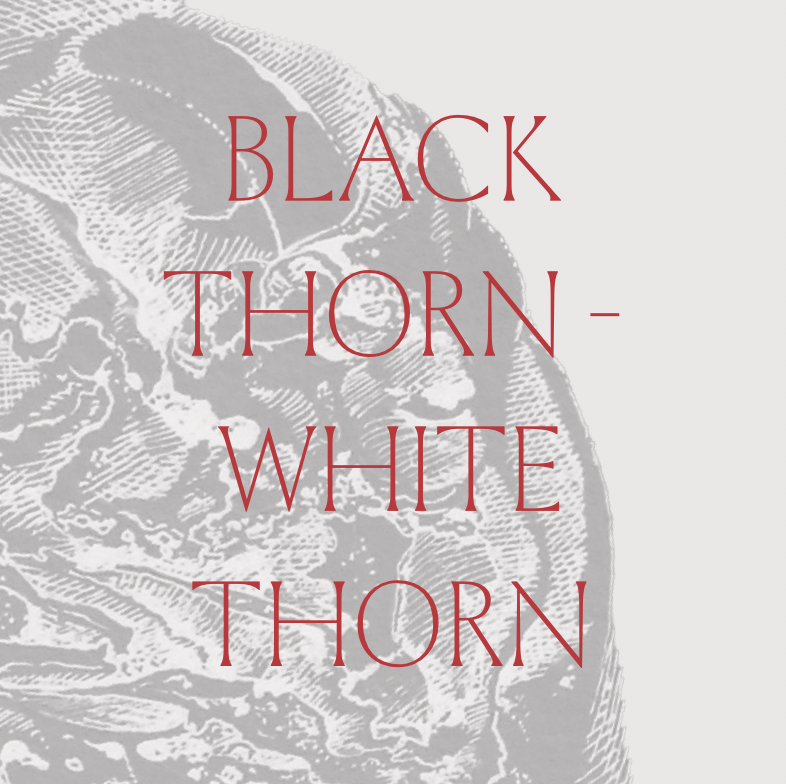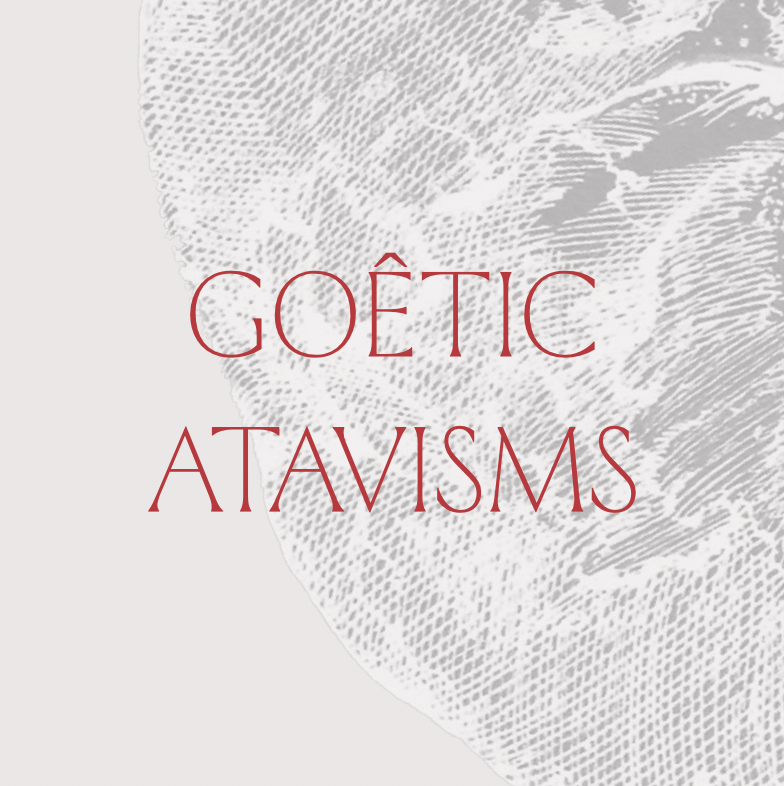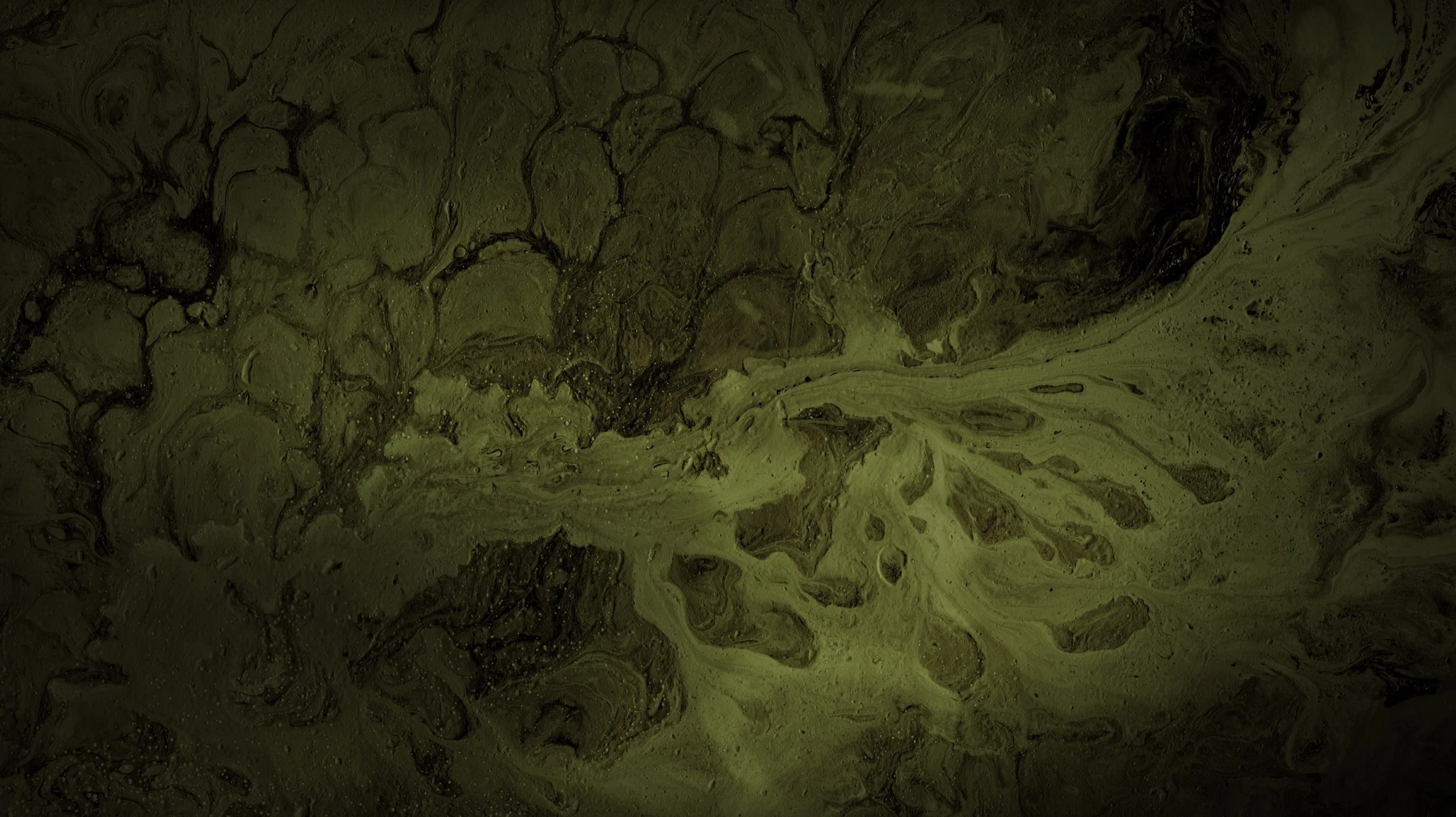
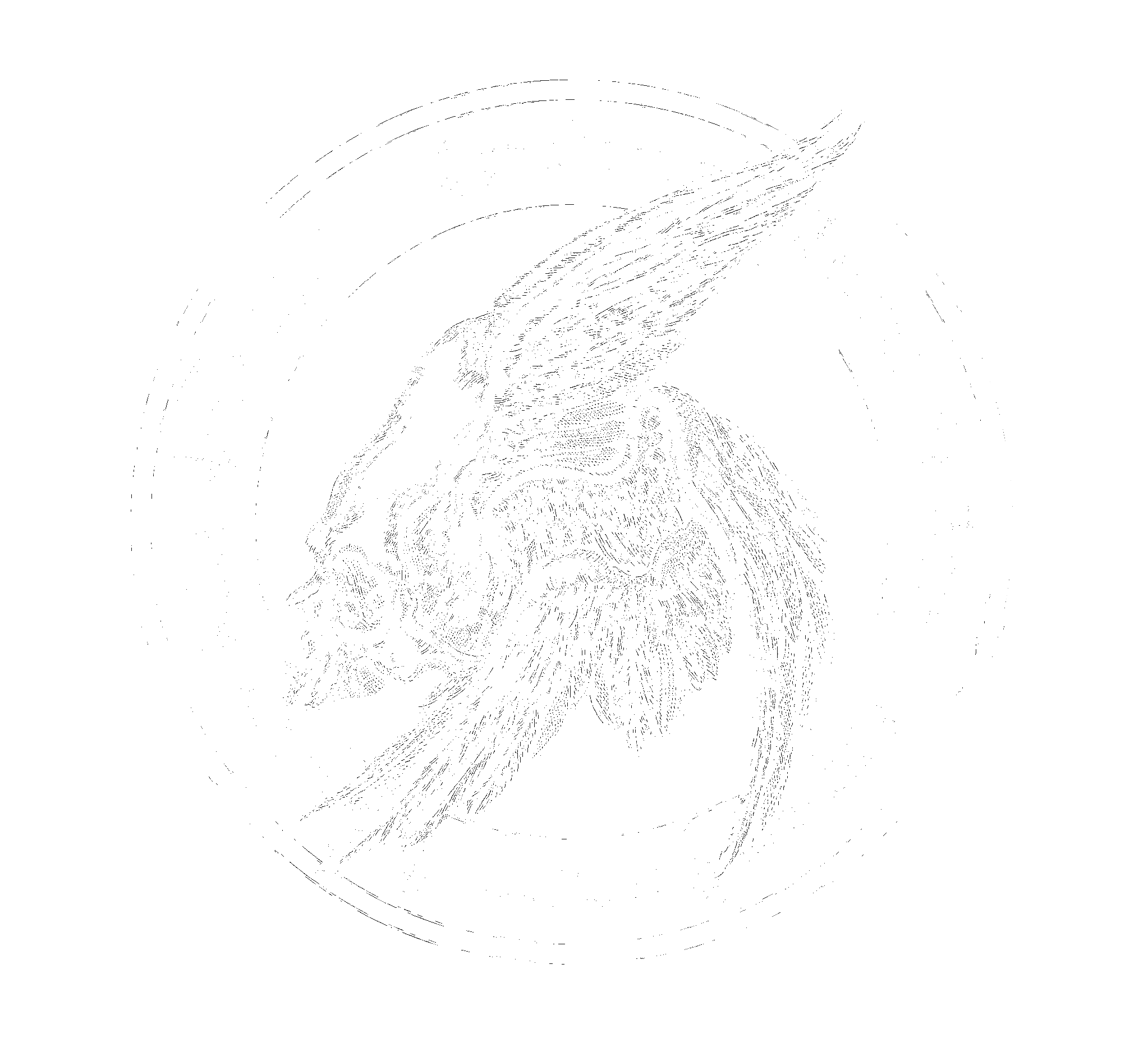

Read about what you love. Written by experts.
Paralibrum offers literary reviews at the highest level in the field of occult, magical and grimoire literature. We offer a virtual space filled with bright, critical minds, who are experts in their craft and tell you about their experience with the books they love. All free of charge. Paralibrum is fully self-funded and free of commercial interest.
Feature Review
Few modern grimoires have carved their place into contemporary witchcraft quite like One. First issued in 2000 in a mere seventy-seven copies, Andrew Chumbley’s talismanic working on the East Anglian Toad Bone Rite has long hovered between legend and scarcity. With Xoanon’s new clothbound edition (777 hand-numbered copies), this seminal text is once again within reach.
[…] To those contemplating the purchase of these volumes I can say that they constitute a definitive contemporary articulation of the Luciferian tradition from both a theoretical and an operative perspective, and a defining work in the evolutionary unfolding of the Western esoteric tradition. As such they are modern classics.
[…] The key here is that the idiom of the Faceless God is precisely that: something which is not bound by literalism. That is, it is not enough to refer to the figure as mere metaphor but, as Vincente discusses, it appears to be a phenomenological experiential reality which the author traces throughout such manifestations as ram-headed Egyptian deity, Sabbatic Devil, Black Pharaoh, or Osirian cult as manifestation of the Hidden Sun.
Harper Feist’s Hekate Ochetos is an exceptional and exemplary text. It’s a rare privilege to be invited inside a practitioner’s most private moments; those that are encountered during the conduct of a theurgical retreat involving consecutive rites of invocation to, in this case, the goddess Hekate.
As an active practitioner who has experimented with the techniques described in Hadfield’s The Hours, I can think of few better means of effectively supercharging one’s sorcerous endeavors than implementing this near-forgotten system of magical timing.
The Way of the Eight Winds is the culmination of several decades of thought, practice, and spiritual cartography by one of Britain’s foremost geomancers and cunning men. The book is both a manual and a memoir, a synthesis of traditional European nature-based spirituality, elemental cosmology, folk geomancy, and symbolic magic, grounded in Pennick’s personal experience with rural and urban mysticism.
Frater Acher leads us through a series of exercises to allow us to realise that “human flesh” is far broader than we might at first think, and that in fact, the medium of magic is “spirit contact”. Then he makes the extremely valid point that while a human may be performing a ritual for a particular purpose “the eyes of the Others, however, are not fixated on the ostensible human message but on the establishment of a new channel in the ubiquitous medium.”
To my estimation, the ideas in this book are incredibly rich. In the colonial approach to the indigenous Americans and their native religiosity, these would repetitively be accused by their colonizers of being sodomites as well as idolaters, both concepts being still deeply linked in the Renaissance Christian mindset…
Card by card, Poncet meticulously takes us through the process by which he recovered the iconographic provenance of each card’s imagery based upon primary artistic materials, close observation of fine detail, and comparative historical and textual research. Poncet performs a virtuoso exercise in iconographic connoisseurship to create an evidential chain that convincingly explains the origins of the Tarot de Marseille tradition.
The powerful agitation this book achieves has been a primary revelation; the pain of recognition, then non-recognition is a firm strike of the disciplinarian’s rod to let these figures speak for themselves. The journey this book invites its readers to embark upon is certainly not of universal appeal. Yet, for those intrigued by the power of visual culture and willing enough to surrender to the taciturn spirits Lertas has conjured into these images, a profound pilgrimage awaits.
Sword of Song is a groundbreaking venture that still defies most categorizations. The temptation to parallel such an experiment with AC’s life is in some ways far too great to pass up on. (…) The book is a hybrid example of writing that entails much more than mere textuality may suggest. Hopefully Richard Kaczynski’s comprehensive edition will inspire revived and expansive interpretations of its contents for some time to come.
In his recent rendition of the Three Books, Eric Purdue has consulted Vittoria Perrone Compagni’s critical edition, which is based primarily on the 1533 version, all the while carefully comparing and contrasting it to the 1510 first edition, and the 1531 2nd edition as well as the first manuscript version Agrippa sent to Trithemius.
From within its pages beats the vibrant presence of the encounters from which this book was born. This typhonic pulse is as unmistakable in Harper Feist’s book as it is in the works of Austin Osman Spare, Andrew Chumbley, Orryelle Defenestrate-Bascule, or Gast Bouschet. IO Typhon is a donkey’s skull your thoughts feed with blood while reading.
The underscoring theme of Blackthorn Whitethorn is that precise in-betweenness, the position of not-this not-that (Sanskrit Neti-Neti), a concept and means of apprehending that is as elusive as the roebuck being pursued — or that pursues us — and as thorny as the entangled thicket. This concept — arguably a fundamental ethos of witchery — demands that we adopt an alternate way of approaching, through poetic inference; for it is ineffable in the truest sense, and thence a Nameless Art.
This book requires multiple readings to understand how deftly the various sections gel together, despite their differences, or because of them. “What you did as a child that made the hours pass like minutes? Therein lies the key to your earthly pursuits” (C.G. Jung). This is one such puzzle of a book with which you could have hours of pleasure.
Hagia Sophia Sanctum of Kronos: Spiritual Dissent in an Age of Tyranny is Peter Mark Adams’ third book in a series of writings on classical initiation and its survival into the Renaissance. According to Adams, the Hagia Sophia itself is the incarnation of the most important ideas of Hellenistic theurgy, or spiritual practice wherein identification with, and even possession by one’s chosen devotional deity was the ideal.
In essence, ANARCH documents an ongoing process of profound personal transformation mediated by a four year long retreat in a forested landscape. Captured in fine writing and immersive photography, I cannot sufficiently commend the profundity of conception and execution that characterises this work.
Effigy is at first a rather daunting proposition and one is left wondering how the subject can be expanded into such a thick tome. However, the thoroughness of Duffy’s research and study, his diligent fact-finding and investigation into the historic and contemporary practical use of the idol is superb, revealing how mammoth a subject it actually is – masterfully handled and treated with care and consideration.
I recommend the devouring of this book, and a warning of side effects may also seem in order. What we hold in our hands here is immensely valuable from multiple perspectives. From the modern goês’ vantage point, Prema Goet offers us a veritable anti-grimoire. A book that contains no grammar, but pure visual poetry.
Don Webb’s ‘How to Become a Modern Magus’ poses three interesting questions with its title. What is a Magus, what is magic, and is there a difference between a Magus and a Modern Magus? (…) A book that teaches all that deserves to be read, to be used and to be applauded!
Frater Acher writes with very deliberate care for the reader. In a sense, this is a book about character, in terms of the symbols we use (and which also use us) to contour our perception and experience. It is also a study in contrasts, in order to explore what the author calls “the rainbow path” – which requires seeing through and behind caricatures. Whether those caricatures are those of the fanatical Christian extremist, the dissolute pagan, or the saintly hesychast, all are examined here with remarkable even-handedness.

“I think the mystery of art lies in this, that the artists’ relationship is essentially with their work –not with power, not with profit, not with themselves, not even with their audience.”
— Ursula K. Le Guin

